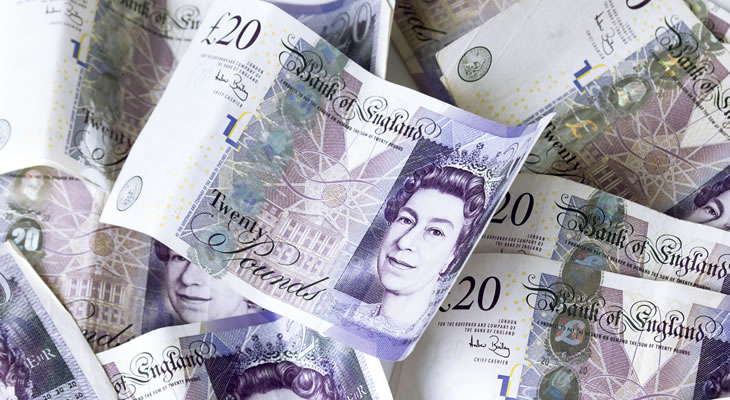On the afternoon of 19th February, the Pound to Australian Dollar exchange rate has seen a minor decline because of fears of an ‘ideological Brexit’.
Former Cabinet Minister Damian Green has warned that MPs are ignoring economic forecasts for Brexit at their peril, stressing that;
‘There are politicians who would prefer not to have the evidence there’.
This presents the risk of the UK leaving the EU under less-than-ideal conditions, assuming that there is a strong push by pro-Brexit MPs.
(First published 19th February, 2018)
Small Spring Budget could Lower Confidence in Pound to Australian Dollar Pairing
The Pound to Australian Dollar exchange rate has fallen slightly on 19th February, ahead of what may be a disappointing Spring budget Statement.
Chancellor Philip Hammond will be announcing the Spring Statement on 13th March, but by all accounts this will be much smaller than previous budgets.
This is partly down to Hammond’s declaration in 2017 that he would be reducing the scale of the March budget event, but the announcement could still affect GBP/AUD.
Playing down the event beforehand, Treasury officials have stated that;
‘There will be no red box, no official document, no spending increases, no tax changes.
[Philip Hammond] will publish updated economic forecasts; we expect the speech to last between 15-20 minutes.’
The March Statement is therefore being seen as a lead-in to the Autumn Statement later this year, which will likely have a greater overall impact on the Pound.
The Pound could fall against the Australian Dollar on 13th March if the Statement doesn’t provide any positive messages about the UK economy.
Analysts will be looking out for any signs of increased funding in struggling areas of the UK, particularly the NHS and social care among others.
UK Wage Growth Stats could Trigger GBP/AUD Exchange Rate Slump
Ahead of next month’s budget data, the GBP/AUD exchange rate could see more immediate fluctuation from UK average earnings figures out on 21st February.
Forecasts are for no overall change in the pace of wage growth in December, whether including or excluding bonuses.
As such, this will leave the pace of wage growth below the rate of inflation (last reported in the region of 3%).
Under such conditions, the UK wage squeeze will persist, resulting in a steady decline in real incomes for the households across the country.
The ongoing effects of the wage squeeze were seen as recently as 16th February, when UK retail sales were reported to have grown by a mere 0.1% on the month in January.
If the wage growth figures match with forecasts then the Pound could fall against the Australian Dollar, given that slowing UK GDP growth could be on the horizon.
RBA Interest Rate Decision Threatens to Destabilise AUD/GBP Exchange Rate
The Australian Dollar to Pound exchange rate could turn volatile in early March, when the Reserve Bank of Australia (RBA) makes its interest rate decision for the month.
The RBA is currently tipped to leave rates unchanged at 1.5%, but may still influence the AUD/GBP exchange rate with suggestions of shifting monetary policy.
Although forward guidance may not be forthcoming, RBA Governor Philip Lowe could still give remarks that influence the attitudes of AUD traders.
If Lowe is optimistic about the future Australian economy, particularly regarding wage growth and employment, then the AUD/GBP exchange rate could rise in value.
Australian Dollar to Pound Turbulence possible on RBA’s February Minutes
More immediately than the next RBA rate decision, the AUD/GBP exchange rate could also be affected by the imminent release of RBA minutes for February.
The minutes for the RBA’s last interest rate meeting will be out on 20th February and may point to the future direction of monetary policy for the bank.
The RBA left interest rates untouched earlier this month and last raised them back in November 2010.
If the minutes hint at a possible interest rate hike later in the year, the Australian Dollar could noticeably appreciate against the Pound.


Comments are closed.